BUY MALE HEDGEHOG
$600.00
BUY MALE HEDGEHOG
The Spiky Bachelor: Unveiling the Male Hedgehog’s Characteristics
Male hedgehogs, while not as involved in raising young, boast some interesting characteristics that contribute to their role in hedgehog society. Let’s explore what makes them tick:
Appearance:
- Spiky Lookalikes: Generally, male hedgehogs resemble females in overall size and appearance. They’re covered in short, brown spines with lighter undersides. Both sexes have a long, pointed snout and tiny legs for efficient scurrying.
- Size Matters (A Little): In some hedgehog species, males might be slightly larger than females. However, this difference can be subtle and isn’t always a reliable way to determine sex at a glance.
The Not-So-Obvious Difference:
- Hidden Agenda: Unlike females, male hedgehogs possess a special gland located on their underside, near their belly. This gland, often appearing as a small bald spot, is a scent gland. It plays a vital role in communication and territory marking.
- Scent Marking: Males use this gland to leave their scent on objects and throughout their territory. This scent marking serves a dual purpose:
- Attracting Mates: The scent might attract females during breeding season.
- Establishing Dominance: The scent can also be a way for males to communicate dominance over other males within the area. BUY MALE HEDGEHOG
- Scent Marking: Males use this gland to leave their scent on objects and throughout their territory. This scent marking serves a dual purpose:
Social Life:
- Solitary by Nature: Outside of mating season, male hedgehogs are solitary creatures. They establish territories that may overlap with the territories of several females. However, they generally avoid interactions with other hedgehogs except during breeding season. This solitary lifestyle minimizes competition for food resources within the hedgehog population. BUY MALE HEDGEHOG
Built for Breeding:
- Mating Season: Similar to females, male hedgehogs can potentially breed throughout the year, although breeding is more frequent during specific seasons depending on location and climate.
- Courtship Displays: When breeding season arrives, males become more active and may engage in various courtship behaviors to attract females. These displays can include:
- Scent Marking: As mentioned earlier, scent marking plays a role in attracting mates.
- Vocalizations: Males may emit snuffling and puffing sounds to get a female’s attention.
- Following Females: Males may persistently follow females around their territory.
Beyond Breeding:
- No Paternal Duties: After mating, the male hedgehog plays no role in raising the young. The responsibility of caring for the hoglets (baby hedgehogs) falls solely on the female.
Genetic Diversity Champions:
- Competition is Key: While they don’t participate in parental care, male hedgehogs play a crucial role in ensuring genetic diversity within the population. Competition among males during breeding season can lead to stronger genes being passed on to the next generation. BUY MALE HEDGEHOG
In conclusion, cuestore, male hedgehogs, though solitary and not directly involved in raising young, possess unique characteristics like the scent gland and specific behaviors that contribute to the continuation of their spiky lineage. Long-Eared Hedgehog
BUY MALE HEDGEHOG
Male Hedgehog: Characteristics and Behavior
Male hedgehogs, while similar to females in many respects, have distinct characteristics and behaviors, particularly related to their roles in mating and territoriality. Here’s a detailed look at their traits: BUY MALE HEDGEHOG
Physical Characteristics
- Size and Appearance
- Typically, males are slightly larger than females.
- Length: 14 to 30 cm (5.5 to 11.8 inches).
- Weight: 400 grams to 1.2 kilograms (0.88 to 2.64 pounds).
- Covered in spines that provide protection, with the spines usually brown with white tips.
- Distinguishing Features
- Males have visible genitalia: a small penis sheath located midway down the belly, distinguishable from females.
Behavior and Lifestyle
- Territoriality
- Males are generally more territorial than females.
- They establish and defend territories, especially during the breeding season.
- Mark territories with scent glands and can display aggression towards other males.
- Breeding Behavior
- Males are active in searching for females during the breeding season, often traveling considerable distances.
- Engage in courtship behaviors, including circling the female and making a series of grunts and snorts to attract her. BUY MALE HEDGEHOG
- After mating, they do not stay with the female or participate in raising the young.
- Activity Patterns
- Nocturnal: Active mainly at night.
- Spend nights foraging for food, which includes insects, worms, snails, and occasionally small vertebrates and fruits. BUY MALE HEDGEHOG
Diet and Nutrition
- Diet
- Primarily insectivorous: Diet consists mainly of insects, earthworms, snails, and other invertebrates. BUY MALE HEDGEHOG
- Can also eat small vertebrates, fruits, and vegetables.
- In captivity, high-quality hedgehog or cat food, along with insects like mealworms and crickets, is recommended. hedgehogs for sale in washington
- Feeding Habits
- Opportunistic feeders, eating a variety of foods available in their habitat.
- Important to provide a balanced diet to prevent obesity and other health issues.
Health and Care
- Common Health Issues
- Prone to obesity if overfed or not given enough exercise.
- Can suffer from dental issues, skin conditions, and parasitic infections.
- Regular veterinary check-ups are crucial for maintaining health.
- Environment
- Need a spacious, enriched environment to thrive.
- Enclosures should include hiding spots, climbing structures, and an exercise wheel.
- Temperature should be maintained between 72-80°F (22-27°C).
Reproductive Role
- Mating
- Males typically mate with multiple females during the breeding season.
- Courtship involves persistent attempts to woo the female, who may initially be resistant.
- Parental Role
- Males do not participate in raising the offspring.
- Their role ends after mating, and they leave the female to care for the young alone.
Conservation and Ethical Considerations
- Wild Populations
- Male hedgehogs, like all hedgehogs, face threats from habitat loss, road traffic, and pesticide use.
- Conservation efforts are important to protect their natural habitats and ensure their survival.
- Captive Care
- Ensure males in captivity have appropriate housing, diet, and care.
- Avoid stress and provide a stimulating environment to mimic natural behaviors.
- Breeding Ethics
- Responsible breeding practices are essential to avoid genetic issues and overpopulation.
- Ensure genetic diversity and avoid inbreeding by carefully selecting breeding pairs.
Conclusion
Male hedgehogs are fascinating creatures with distinct behaviors, especially during the breeding season. Their territorial nature and courtship behaviors are key aspects of their lives. Proper understanding of their needs and behaviors is essential for their care in captivity and conservation in the wild. By providing a suitable environment, balanced diet, hedgehog for sale, and respecting their natural habits, we can ensure the well-being of male hedgehogs and contribute to their conservation. to buy a hedgehog, cute male hedgehogs complete
Reviews
There are no reviews yet.
Related products
Exotic Tortoises For Sale
Hedgehog
Hedgehog
Exotic Tortoises For Sale
Monkeys For Sale
Hedgehog
Exotic Tortoises For Sale
Hedgehog

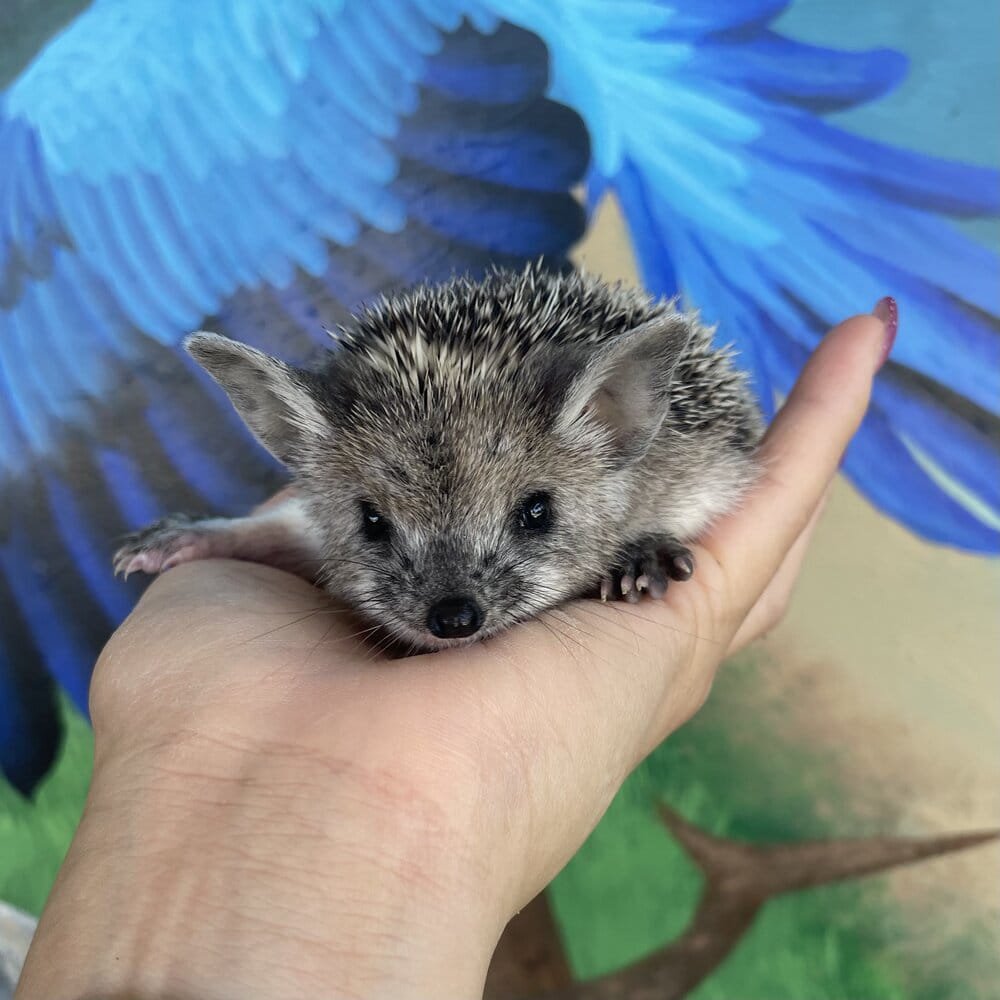
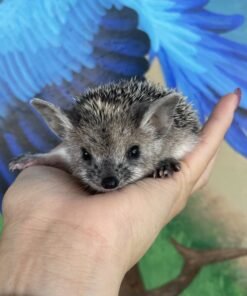

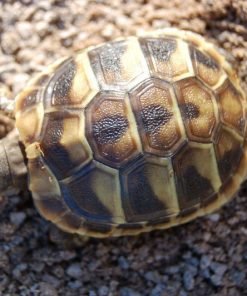


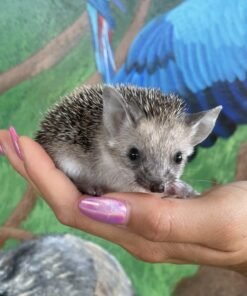




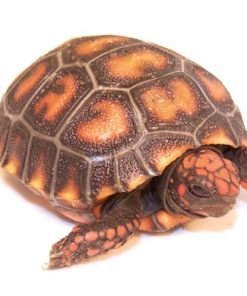
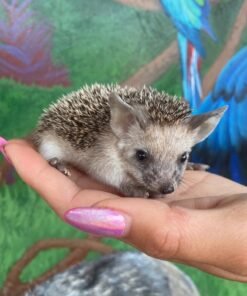
Be the first to review “BUY MALE HEDGEHOG”